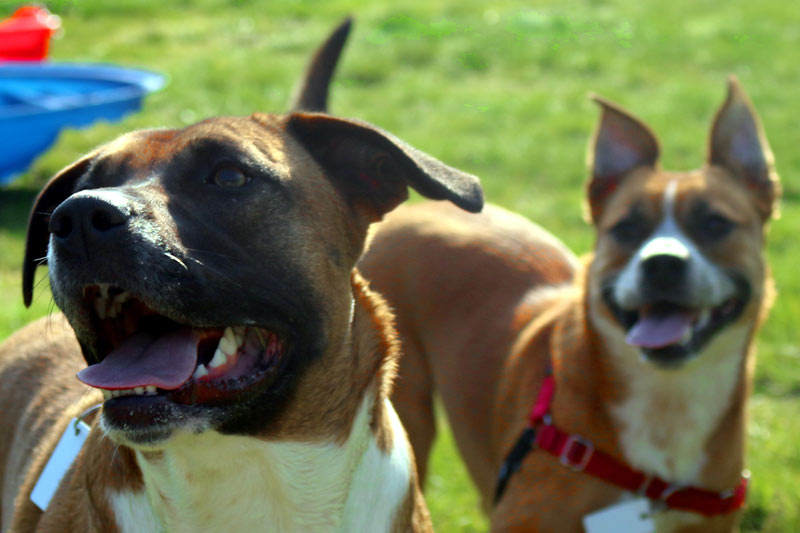One of the common questions we get from pet owners is how much exercise is right for their dog. Honestly, it can be hard to answer! Exercise needs are based on a blend of factors, including breed, age, temperament, size, and health. And even with these factors taken into consideration, no two dogs are the same – just like people. Athletic breeds like herders or hunting dogs might need as much three runs day, while breeds like pugs will overheat and have trouble breathing if they’re pushed too hard.
One thing that’s certain about canine exercise, however, is that the majority of dogs aren’t getting enough—53 percent of dogs are overweight, 16.7 percent are considered obese, and heart disease and diabetes rates are rising.
Too little exercise will contribute not only to unwanted weight gain, but also to a host of other health problems, including heart disease, diabetes, lowered immunity, and arthritis. More importantly, lack of exercise leads to dog boredom, depression, and under-stimulation. And these issues then often lead to destructive behaviors, such as barking, digging, chewing, or aggression.
You love your pup, so make sure she’s getting enough exercise! If you aren’t sure what she needs, here are a few guidelines by breed, but it’s also a good idea to check-in with your veterinarian to ensure your dog is in good health over all. Assuming she is, it’s worth remembering the maxim, “a tired dog is a happy dog!”
Finally, here are a few pet safety pointers to remember while exercising your dog:
- Never force a dog to keep going. If they seem reluctant to go on or get up, or you see signs of exhaustion like a lolling tongue, let your dog rest.
- Always provide water during and after exertion. Just like people, dogs need to rehydrate when they work out!
- Try warming your dog up with a few easy movements before pushing him hard. Like humans, dogs need to stretch and get the blood moving before serious exercise to prevent injury. A brisk walk or a few simple, active tricks are a great way to start.
- Do NOT exercise your dog immediately after a meal, as it will increase the chance of bloat, a life-threatening condition.
If you’re concerned your dog isn’t getting the exercise he needs to live a long, healthy and happy life, sign him up with Sarah’s Pet Care! Call us today to learn more about your pet exercise options.
